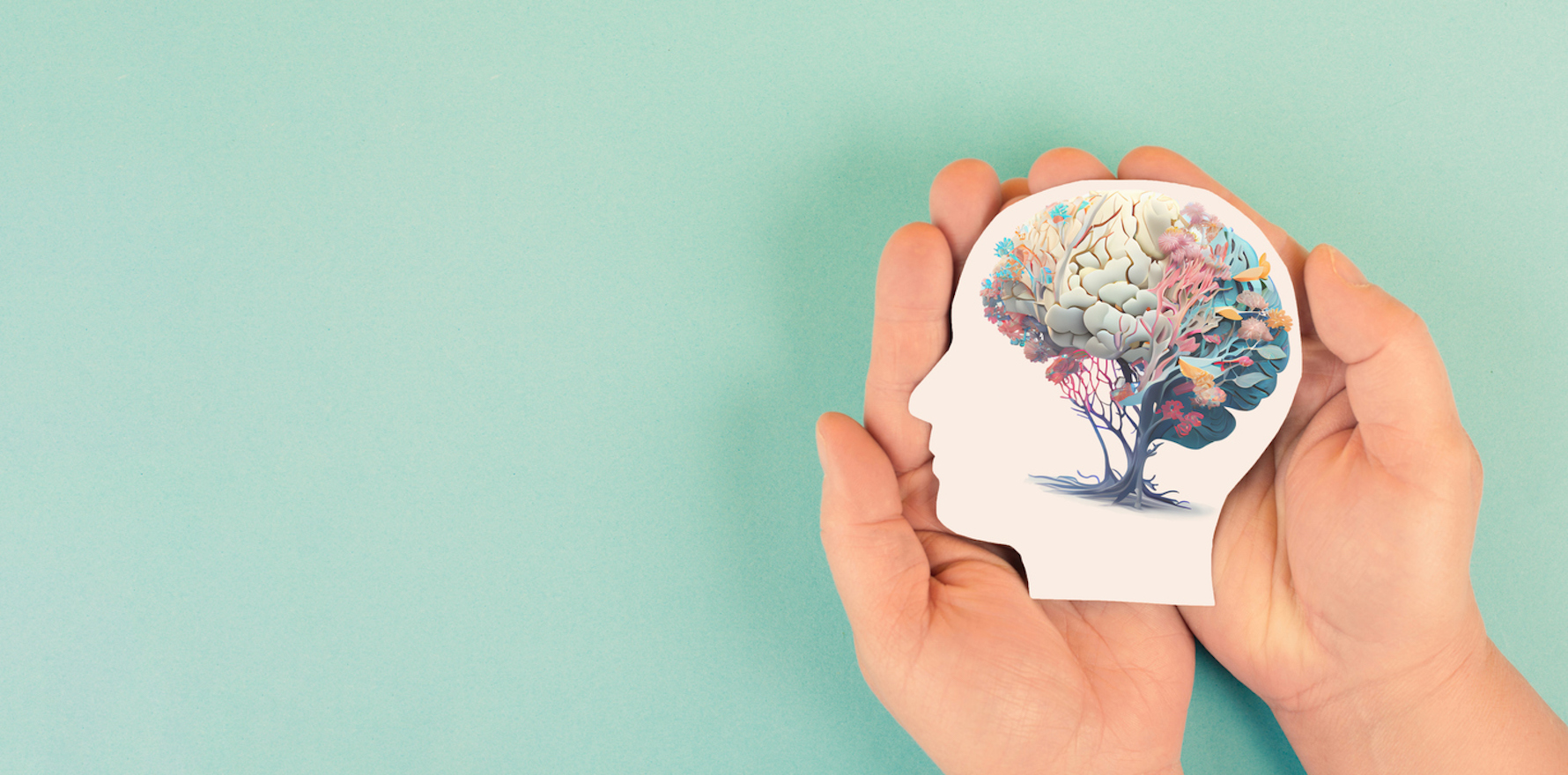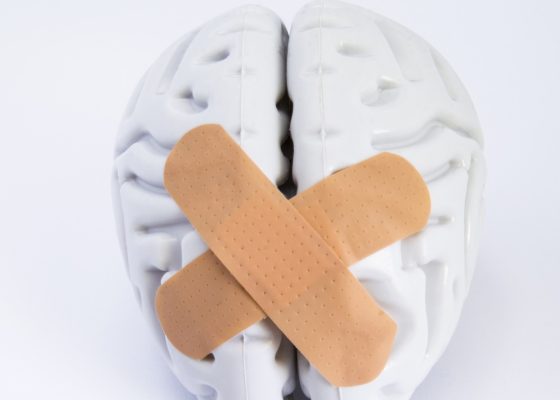Public hospitals see more overnight stays and schizophrenia, public hospitals more same day stays, depression and other affective disorders, says a new AIHW report.
The Australian Institute for Health and Welfare has updated its report on mental health care across the nation – painting an interesting picture of the differing presentation profiles at public and private hospitals.
The latest data for 2022-23 showed that while only 21% of same day mental-health related hospitalisations occurred in public hospitals – around 51,500 – with the remaining 189,000 seen in the private sector, the proportions almost directly flipped for overnight care.
Around 79% of overnight mental-health related hospitalisations occurred in public hospitals – 206,048 – with the remaining 55,342 seen in private hospitals.

In public hospitals, same day hospitalisations per 10,000 population decreased 9% over the preceding decade to 20 in 2022-23 and overnight stays increased by around 7% to 78.
Private hospitals saw a substantial 22% increase in same day hospitalisations over the decade from 59 to 72 per 10,000 population and an around11% increase in overnight stays.
Mental-health related hospitalisations comprised almost 7% and just over 4% of all overnight hospitalisations in public and private hospitalisations respectively.
The report found that there was a difference in the profile of patients presenting at public hospitals compared to private sector hospitals.
“For example, considering hospitalisations with specialised psychiatric care, for public overnight hospitalisations, the most frequently reported diagnosis was schizophrenia (19%) followed by depression and other affective disorders (11%),” read the report.
“For private overnight hospitalisations, the most frequent was depression and other affective disorders (37%) followed by obsessive-compulsive disorders, reaction to severe stress and adjustment disorders (15%).”
The rates of overnight hospitalisations with specialised psychiatric care, across both public and private hospitals, was highest for young women aged 18-24 years at 115 per 10,000 population.
This peaked in 2020-21 during the covid pandemic and declined over the following two years.
Mental-health related overnight hospitalisations without specialised psychiatric care were highest among men aged over 85 years in the decade to 2022-23, followed by women of the same age.
Unsurprisingly, health service budget or reciprocal health care agreements funded most public hospital stays and private health insurance provided most private hospital funding.
“A decreasing trend for Department of Veterans’ Affairs funding can be observed for same day with specialised psychiatric care hospitalisations, largely driven by recent shifts in services for veterans from admitted care to non-admitted care, such as outpatient services,” added the report.
The total number of people in residential mental health care increased over the decade, from 5200 to 7250.
“People in Australia received 9120 continuing and completed episodes of residential care in 2022–23, 381,500 residential care days, for an average of 42 residential care days per episode,” read the report.
The AIHW found that involuntary treatment was used in 18% of residential care mental health episodes, 45% of hospitalisations in acute units and 29% of hospitalisations in non-acute units.



